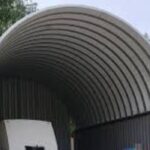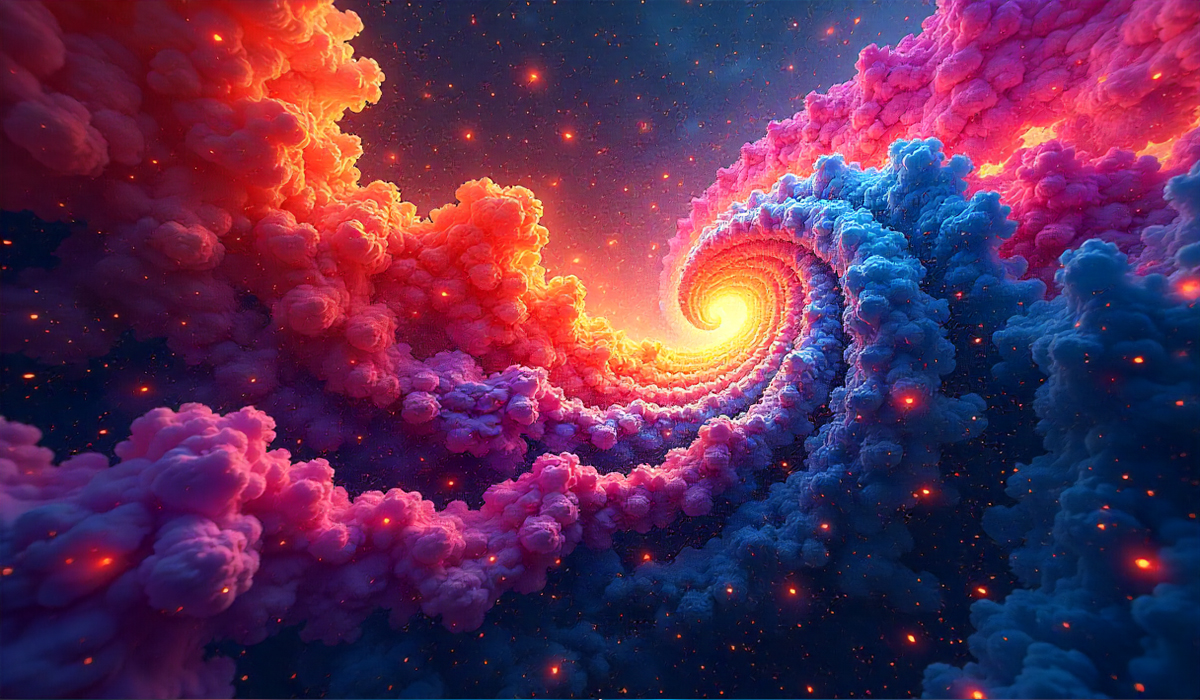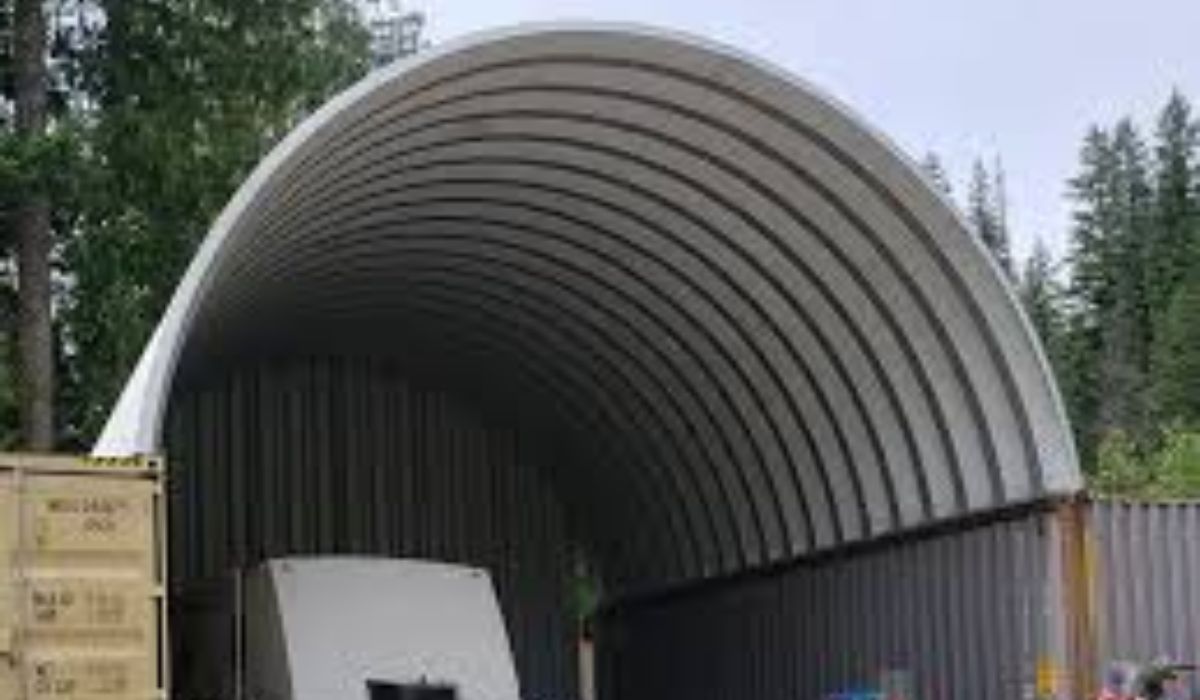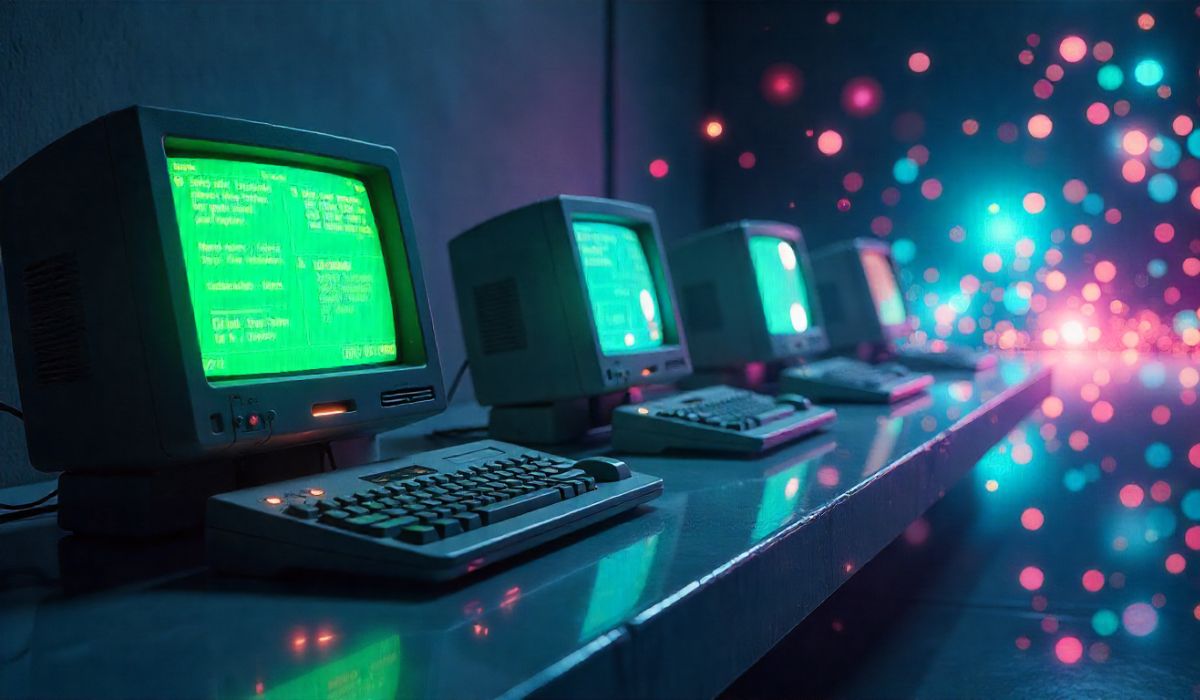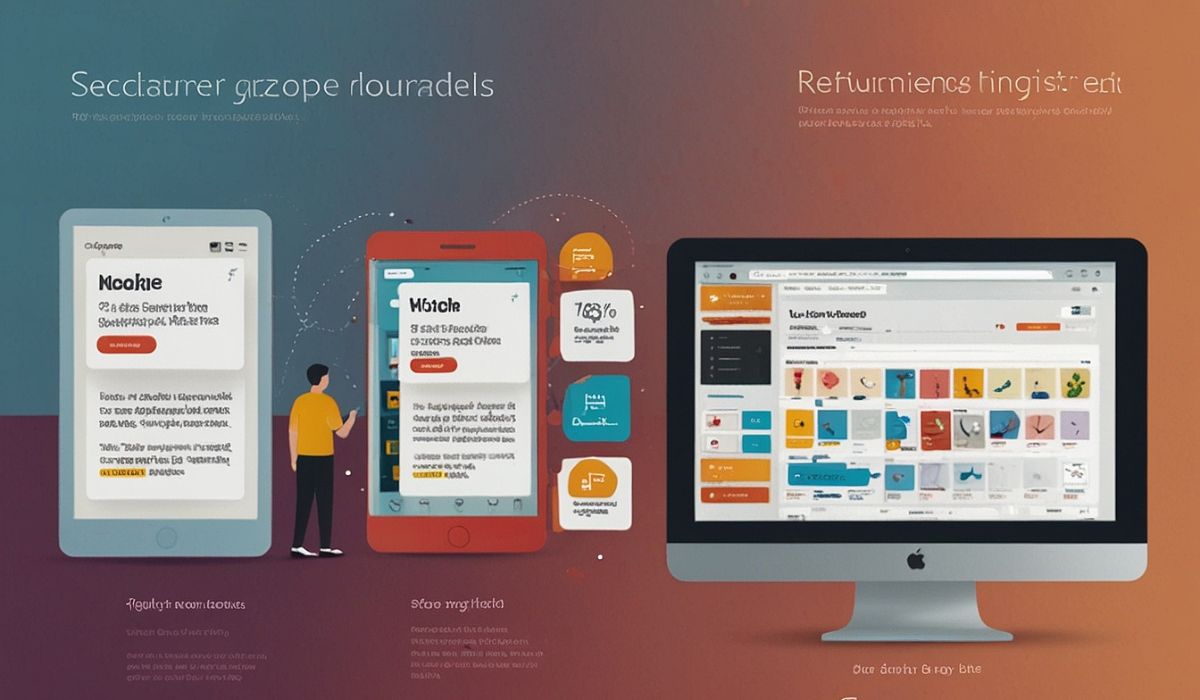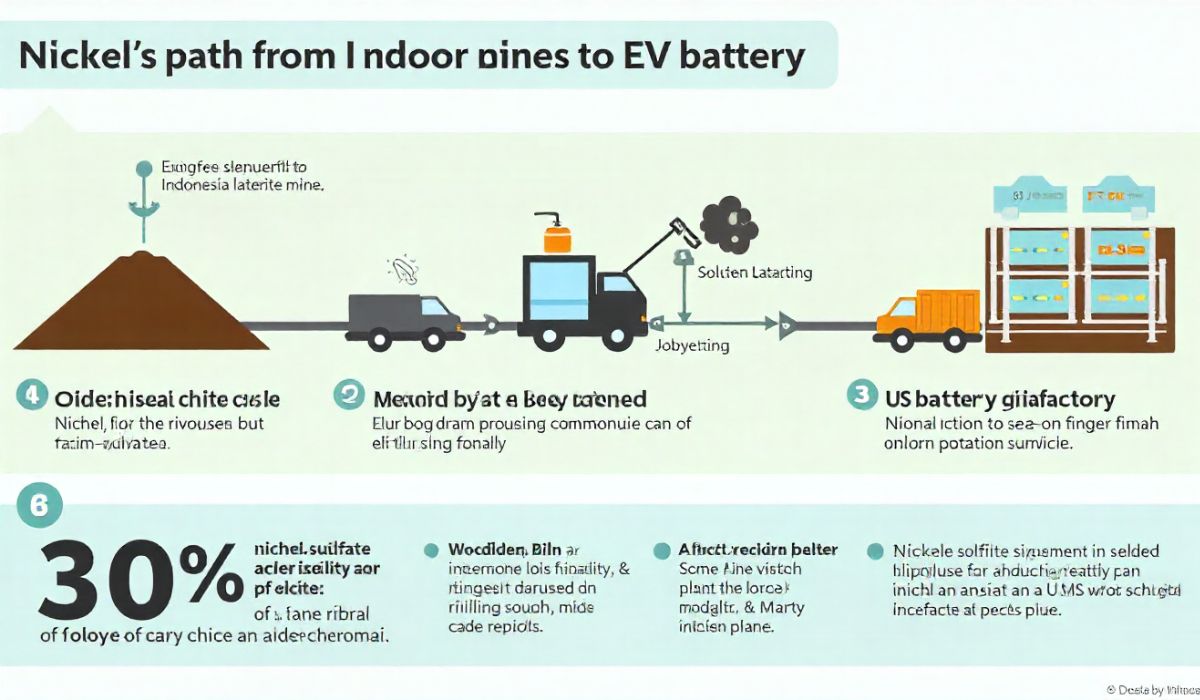Assume your paintbrush flickering between every possible color simultaneously. Picture your canvas existing in a thousand variations at once, collapsing into a single, unique image only when you decide to look. Sounds like wild sci-fi? Welcome to the reality of the Quartist – where the mind-bending world of quantum physics becomes the ultimate creative playground.
Forget pixels and polygons for a moment. A Quartist is an artist, designer, or creative visionary who harnesses the strange, probabilistic principles of quantum computing – superposition, entanglement, interference – to generate, inspire, or fundamentally transform their artistic process and outputs. It’s not just slapping a “quantum” sticker on digital art; it’s about letting the inherent weirdness of the quantum realm infuse the very essence of creation. Think less “Photoshop filter,” more “collaborating with the fundamental fabric of reality.”
What Exactly Is a Quartist? (Beyond the Buzzword)
So, what makes a Quartist different from a digital artist using fancy algorithms? The key lies in the type of randomness and complexity they wield.
- Traditional Digital Art (Deterministic): Most digital art tools, even complex generative ones, rely on classical computers. These machines work with bits – definite 1s or 0s. Algorithms are sets of instructions: input A always leads to output B (given the same starting point). The “randomness” is often pseudo-random, predictable if you know the seed.
- Quantum Art (Probabilistic & Exponential): Quantum computers use qubits. Thanks to superposition, a qubit isn’t just 1 or 0; it can be both, in varying proportions, simultaneously. Entanglement links qubits so that the state of one instantly influences another, no matter the distance. This unlocks genuine probability and lets artists explore computational spaces that would take classical computers millennia to navigate. A Quartist sets up a quantum system (like a circuit) defining probabilities and relationships, runs it, and gets a result governed by quantum mechanics – inherently unique and often surprising.
Quartists aren’t all physicists huddled over cryogenic machines. They come in different flavors:
- The Simulator Savant: Uses powerful software (like Qiskit, Cirq, PennyLane) running on classical computers to simulate quantum behavior. Accessible, fast, and the perfect starting point.
- The Cloud Quantum Pioneer: Accesses real, albeit noisy, quantum hardware via the cloud (IBM Quantum Experience, Rigetti, AWS Braket). Experiments with actual qubits, embracing the imperfections as part of the artistic process.
- The Quantum-Inspired Alchemist: Develops algorithms for classical computers that mimic quantum phenomena (like probabilistic decision-making or exploring vast combinatorial spaces). This approach brings quantum thinking into the creative workflow without needing quantum hardware.
Why Become a Quartist? The Allure of Quantum Creativity
Why dive into this complex, emerging field? The artistic possibilities are unlike anything else:
- Embracing True Uncertainty & Probability: Move beyond controlled randomness. Quantum processes generate outcomes that are fundamentally probabilistic. You set the likelihoods, but the final result holds a genuine element of the unexpected, leading to truly one-of-a-kind, non-repeatable pieces. It’s like planting seeds where you know some types of flowers might grow, but the exact arrangement is a beautiful surprise each time.
- Taming Exponential Complexity: Quantum computers can, in theory, explore vast numbers of possibilities simultaneously. For artists, this means generating intricate patterns, exploring massive design spaces, or creating hyper-complex textures that would be computationally impossible (or incredibly slow) for classical machines. Imagine designing a fabric with a near-infinite weave variation!
- Birth of New Aesthetics: Quantum phenomena naturally create visual and conceptual forms. Interference patterns (like quantum waves crashing together) can generate mesmerizing ripples. Entanglement suggests deep, invisible connections, perfect for expressing complex themes. Superposition lends itself to fluid, morphing visuals. The aesthetic language of quantum mechanics is raw and unexplored.
- Pioneering the Bleeding Edge: Simply put, it’s uncharted territory. Being a Quartist means standing at the absolute frontier of both art and technology. You’re not just using tools; you’re helping define what they are and what they can express.
- Conceptual Depth & Dialogue: Engaging with quantum mechanics forces contemplation of profound ideas – reality, observation, interconnectedness, probability. Quartists translate these abstract concepts into tangible experiences, creating a powerful dialogue between science and art.
The Quartist’s Toolkit: From Qubits to Canvas
Don’t panic! You don’t need a PhD in quantum field theory (yet!). Here’s what you do need in your creative arsenal:
- Quantum Simulators & SDKs (Your Virtual Lab): These are software packages that let you build and run quantum circuits on your regular computer. They are the gateway drug:
- Qiskit (IBM): Hugely popular, excellent documentation, tons of tutorials, and direct access to IBM’s real quantum hardware. Great for beginners. Think of it as the user-friendly quantum workshop.
- Cirq (Google): Powerful and flexible, often used for research and simulating near-term quantum devices. Like a precision quantum instrument set.
- PennyLane (Xanadu): Designed specifically for quantum machine learning, but fantastic for generative art due to its focus on gradients and optimization. Imagine an artist’s palette that automatically mixes colors based on quantum gradients.
- Cloud Quantum Access (Touching the Real Thing): Platforms like IBM Quantum Experience, Amazon Braket, or Rigetti Quantum Cloud Services offer (often free tier) access to actual quantum processors. The results are noisy and imperfect, but that’s part of the raw, experimental charm! It’s like painting with slightly unpredictable, alien pigments.
- Classical Programming (The Bridge): Python is the lingua franca. You’ll use it to write scripts that define your quantum circuits using the SDKs above. Basic proficiency is essential – it’s how you tell the quantum system what to do.
- Quantum-Inspired Algorithms (The Clever Workaround): These are algorithms designed for classical computers that mimic quantum behaviors – like rapidly exploring probabilities or simulating entanglement effects. Libraries implementing these can be powerful creative tools without needing quantum simulators or hardware.
- Bridging Software (From Data to Art): The output of a quantum circuit is usually… data (probabilities, state vectors, arrays of numbers). You need tools to translate this into visuals or sound:
- Processing / p5.js: Beloved by generative artists for real-time visuals. Perfect for turning quantum state data into dynamic animations or images.
- TouchDesigner: A node-based powerhouse for real-time interactive visuals and installations, ideal for complex quantum data streams.
- Blender / Houdini: For 3D artists, quantum data can drive parameters for simulations, textures, geometry, or animations.
- Custom Scripts (Python/JavaScript): Often, you’ll write your own code to map quantum outputs directly to colors, shapes, sounds, or movements.
Read also: Simpcitt: The Digital Oasis Where Niche Passions Found Their Tribe
How to Start Your Journey as a Quartist (No Lab Coat Required!)
Feeling inspired? Here’s your actionable roadmap, designed for the curious creative:
- Grasp the Very Basics (Conceptually!): Don’t get bogged down in complex math yet. Understand conceptually what superposition (a qubit being multiple states at once), entanglement (spooky connection at a distance), and interference (quantum waves adding/subtracting) mean. Watch fun explainer videos (like MinutePhysics or Veritasium) or read accessible articles. Aim for the “aha!” moment, not the equation.
- Learn Basic Python: This is non-negotiable but achievable! Focus on core concepts: variables, data types (lists, arrays are key!), loops, conditionals, and functions. Tons of free resources exist (Codecademy, Coursera, freeCodeCamp). You don’t need to be a software engineer, just comfortable writing simple scripts.
- Pick Your First Quantum SDK: Start with Qiskit. Its documentation is superb, tutorials are abundant and often geared towards visualization, and the IBM Quantum Experience interface is relatively user-friendly. Install it (usually via Python’s pip package manager) and create a free IBM Quantum account.
- Explore Tutorials & Artist Examples: Dive into Qiskit’s tutorials, especially those tagged “Circuit Library” or “Visualization.” Look for artists! Explore Suzanne Palmer’s stunning quantum visualizations. Investigate Mario Klingemann’s explorations. Check out projects from IBM’s Quantum Artist in Residence program. See how they bridge the gap.
- Start Small – Modify Existing Code: Don’t try to build a masterpiece from scratch. Find a simple Qiskit tutorial that generates a basic visual output (like plotting a quantum state on a Bloch sphere or creating a simple probability distribution). Run it. Then tweak it: change parameters, swap gates, alter the visualization mapping. See what happens! This is your quantum playground.
- Connect & Share: Join communities! The Qiskit Slack has channels for artists and educators. Look for forums (Reddit’s r/QuantumComputing, though more technical, sometimes has art posts), Discord servers, or social media groups (#QuantumArt, #Quartist). Share your experiments, ask questions, learn from others.
Debunking Quartist Myths: Separating Fact from Quantum Hype
Let’s clear the air on some common misconceptions:
- Myth: “You need a PhD in Physics.” Reality: While deep physics helps researchers pushing hardware, Quartists primarily need a conceptual grasp of key quantum ideas and solid coding skills (especially Python). Artistic vision and technical curiosity are far more crucial than an advanced degree.
- Myth: “It’s just random noise.” Reality: Quantum processes are probabilistic, not purely random. The Quartist carefully designs the circuit, sets the initial conditions, defines the probabilities, and chooses how to interpret the output. It’s controlled uncertainty, guided by the artist’s intent, leading to structured novelty. Think jazz improvisation within a defined scale, not random banging on keys.
- Myth: “You need a real quantum computer NOW.” Reality: Quantum simulators are incredibly powerful and accessible tools. Quantum-inspired algorithms running on classical machines can produce stunningly complex and “quantum-esque” results. Real hardware access is exciting but still experimental; simulators are the practical workhorse for most Quartists today.
- Myth: “The results are always abstract and uncontrollable.” Reality: While abstraction is common due to the nature of the data, Quartists have significant control. They define the circuit structure, choose the measurements, and crucially, design the mapping from quantum data to the final artistic medium (color, shape, sound, movement). The output is surprising within parameters, not chaotic.
The Future is Superposed: Where Quantum Art is Heading
The path of the Quartist is just beginning to unfold, and the possibilities shimmer with potential:
- Democratization of Tools: Expect more user-friendly interfaces, visual programming environments for quantum circuits (beyond pure code), and tools specifically designed for artists, abstracting away even more complexity.
- Hybrid Workflows: The future isn’t just quantum. Artists will seamlessly blend classical AI (like GANs or diffusion models) with quantum processes for generation, enhancement, or conceptual depth, creating powerful hybrid creative pipelines.
- Beyond the Visual: While visuals dominate now, quantum music generation (exploring probabilistic compositions or entangled harmonies), quantum-inspired sculpture (using algorithms to generate complex, un-makeable-by-hand forms), and even quantum performance art are nascent frontiers. Imagine a dance choreographed by the probabilistic outcomes of a quantum circuit!
- Quantum NFTs & Digital Provenance: Blockchain technology could intertwine with quantum art, using quantum-resistant cryptography for security or exploring how quantum states themselves might represent unique digital ownership in novel ways.
- Ethical Considerations: As with any powerful tech, Quartists will need to engage with ethical questions. What does it mean to “own” art generated by a fundamentally probabilistic process? How do we ensure equitable access to this emerging technology? What are the responsibilities of artists using such complex systems?
Becoming a Quantum Creative: Your Next Steps
The world of the Quartist is open, exciting, and waiting for your unique perspective. Here’s how to take your first quantum leap today:
- Pick One Quantum Concept: Choose superposition. Spend 15 minutes reading or watching an explainer. Think about how “multiple states at once” could inspire a visual, a sound, or a story.
- Install Python & Anaconda: If you haven’t already, set up your coding environment. Anaconda simplifies managing Python packages (like Qiskit!).
- Create Your IBM Quantum Account: Go to quantum-computing.ibm.com, sign up (it’s free!), and explore the interface. Feel the buzz!
- Run “Hello Quantum World”: Find the simplest Qiskit tutorial (IBM provides many). Run a basic circuit that creates superposition (like a Hadamard gate on a qubit) and visualizes the probabilities. See the quantum coin spin!
- Join a Community: Find your tribe. The Qiskit Slack (sign up via their website) is a great start. Search for “quantum art” on your favorite platforms.
The fusion of quantum technology and artistic expression isn’t just a novelty; it’s a fundamental expansion of the creative palette. As a Quartist, you’re not just making art; you’re exploring the universe’s underlying rules and expressing them in profoundly human ways. You’re at the vanguard of a revolution where science fuels unprecedented beauty.
So, what ignites your curiosity the most about becoming a Quartist? Is it the thrill of wrestling with mind-bending science, the allure of unlocking truly unique forms of beauty, or the excitement of pioneering an entirely new artistic frontier? Share your spark in the comments below! Let’s build this quantum creative future together.
FAQs:
- Q: Do I need my own quantum computer to be a Quartist?
A: Absolutely not! Quantum simulators running on your laptop are powerful and accessible. Cloud access to real quantum hardware (often free for basic use) is available, but simulators are the primary tool for most artists starting out and creating significant work. - Q: How much math and physics do I really need to understand?
A: Focus on conceptual understanding first. Grasp what superposition, entanglement, and interference mean in plain language. High-school level math (algebra, basic probability) is helpful for coding, but advanced quantum mechanics equations aren’t required for the artistic application using existing SDKs. - Q: Is quantum art just random computer-generated images?
A: No. While probability plays a key role, the Quartist has significant control. They design the quantum circuit (setting up the probabilities and relationships), choose what to measure, and crucially, define the mapping from quantum data to the final artistic output (colors, shapes, sounds). It’s guided randomness within an artistic framework. - Q: What’s the difference between a Quartist and a traditional digital artist using algorithms?
A: Traditional algorithms (even generative ones) run on classical computers, using bits (strict 1s/0s) and deterministic or pseudo-random processes. Quartists leverage quantum principles (superposition, entanglement) either through simulators, real hardware, or quantum-inspired algorithms, accessing genuine probability and computational scales impossible classically, leading to fundamentally different creative processes and outcomes. - Q: Can I sell quantum art? (NFTs, prints, etc.)
A: Absolutely! Quantum art exists as digital files, visualizations, animations, or data streams just like other digital art. It can be sold as prints, digital downloads, NFTs, or licensed. The uniqueness often derived from quantum processes can be a compelling aspect for collectors. - Q: Are there any communities or resources specifically for aspiring Quantum Artists?
A: Yes! Start with:- The Qiskit Slack workspace (join via Qiskit website) – look for #art-and-education channels.
- Explore IBM’s Quantum Artist in Residence program and featured artists.
- Search social media for hashtags like #QuantumArt, #Quartist, #GenerativeArt.
- Follow pioneering artists (e.g., Suzanne Palmer, Mario Klingemann) and the labs promoting quantum art (IBM Research, Google Quantum AI).
- Q: What kind of artistic styles or outputs are most common in quantum art right now?
A: Much early quantum art is abstract or highly algorithmic, focusing on visualizing quantum states (probability distributions, Bloch spheres), entanglement patterns, or interference effects. However, artists are increasingly integrating quantum elements into figurative work, 3D sculpture, generative design, data sonification (turning data into sound), and interactive installations. The styles are rapidly diversifying!
You may also like: Unlock Your Imagination: How Gramhir pro AI Image Generator Transforms Words into Visual Masterpieces





